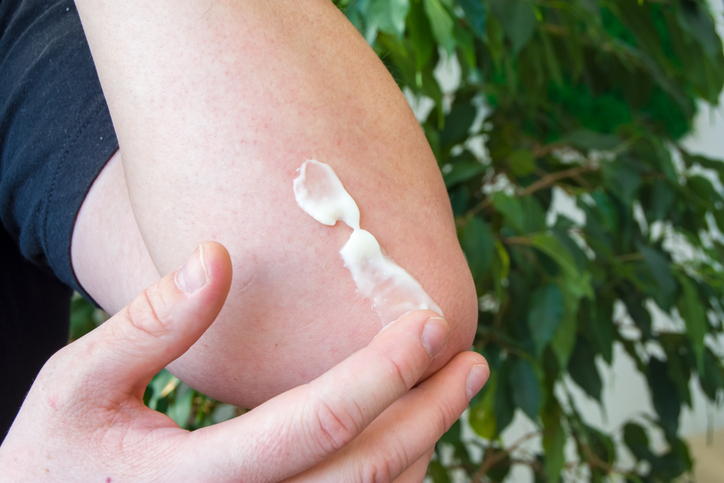Treatments
What Are Transdermal Patches?

A transdermal patch contains medication that is delivered to the body via the skin; medication from a transdermal patch is slowly absorbed into the body over a period of time. Transdermal patches are used to treat various health conditions and diseases and are a convenient and effective way to receive medication. Transdermal patches have several unique advantages:
- Sustained drug delivery over a period of days, anywhere from 3 to 7 days
- An alternative for individuals who have difficulty swallowing pills
- More comfortable and convenient than injections or daily medication
- Easily removed to stop drug delivery at any time (always under the care of a health care professional)
- Avoids drug metabolism through the liver
How do transdermal patches work?
Transdermal patches are often recommended for individuals in severe pain who need pain medication on a continual basis. Transdermal patches work differently than oral or injection medications. Some oral medications and most injection medications are quickly released into the body and can lose their effectiveness before the next dose can be taken. However, transdermal patches slowly release medication into the body over a period of time. These patches are typically applied to the skin once every 72 hours. Opioid transdermal patches work by altering the way the brain and nervous system respond to pain signals.
Transdermal patches should be used on the skin in specific locations recommended by a health care professional. The patches may be prescribed at a lower dose with a gradual increase to the desired dose. A health care professional can increase or decrease dosages as deemed necessary.
Transdermal patches are typically applied to the back, chest (not over the heart), sides of the waist or upper arms. They should be placed on an area of the skin that is hairless and flat. Transdermal patches should not be placed on an area of the body that moves or bends a lot or on an area that has breaks in the skin, such as rashes or cuts.
Types of transdermal patches
Transdermal patches are used to deliver a variety of medications and are often used to deliver a combination of medications. The patches work by continuously delivering medication into the body over a period of time. Currently, there are 19 types of transdermal patches available for a variety of indicated uses:
- Fentanyl patches — chronic pain conditions
- Buprenorphine patches — chronic pain conditions
- Clonidine patches — high blood pressure
- Scopolamine patches — motion sickness
- Nitroglycerin patches — angina pectoris (severe chest pain)
- Estradiol patches — menopausal symptoms
- Nicotine patches — smoking cessation
- Testosterone patches — testosterone deficiencies
- Lidocaine/epinephrine patches — local dermal analgesia
- Estradiol/norethidrone patches — menopausal symptoms
- Lidocaine patches — post-herpetic neuralgia pain
- Estradiol/norelgestromin patches — contraception
- Estradiol/levonorgestrel patches — menopausal symptoms
- Oxybutynin patches — overactive bladder
- Lidocaine (ultrasound) patches — local dermal anesthesia
- Lidocaine/tetracaine patches — local dermal analgesia
- Fentanyl HCI (iontophoresis) patches — acute postoperative pain
- Methylphenidate patches — attention deficit hyperactivity disorder
- Selegiline patches — major depressive disorders
- Rotigotine patches — Parkinson's disease
- Rivastigmine patches — dementia














